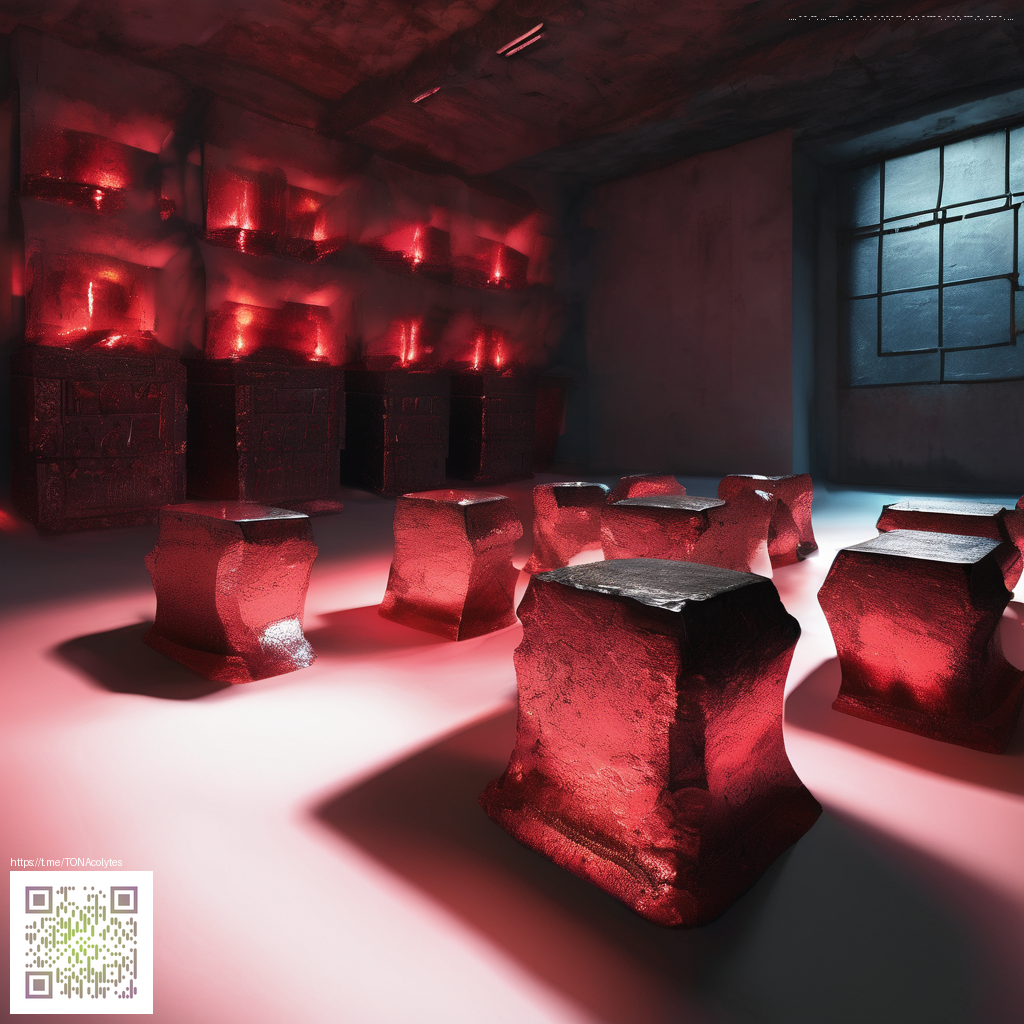
How Mods Keep a Nintendo Favorite Alive Years After Release
When a game lands on a platform with a built in audience and a curious modding community, its life can stretch far beyond the initial hype. Luigi s Mansion 3 packs a clever blend of puzzles, atmosphere, and light hearted scares that invites fan experiments. Even after the dust settles from launch season, dedicated modders and players keep the experience fresh by altering visuals, tweaking gameplay, and introducing surprising new ideas. The result is a living ecosystem where the core game remains recognizable, yet every session feels like a new room to explore.
From the moment fans started sharing texture tweaks to the moment creators stitched together wholly new scenarios, the community has shown a skills balance that is part tech, part theater. The mechanics that define the original game act as a playground for experimentation. Small changes can dramatically alter pacing, challenge, and the mood of a run through the hotel. That steady cadence of updates and experiments is what has helped the game endure in streams, chat rooms, and video essays long after its first spotlight.
Gameplay analysis that fuels creative work
Mods that revise combat tempo or puzzle flow can breathe new life into a familiar loop. A simple texture upgrade or lighting pass can turn a drab corridor into a moody corridor that feels freshly terrifying. Speedrun oriented mods tease out routes players may have glossed over in a single playthrough. Quality of life tweaks, like clearer ghost indicators or streamlined inventory, reduce friction and invite more players to experiment with alternate routes. The result is a more replayable game that rewards curiosity instead of repetition.
There are also lovers of the game that push the boundaries of verisimilitude by refining ambient visuals, soundscapes, and character animations. Those enhancements may not rewrite the core mission structure, but they elevate every moment from a routine encounter with a cautious broomstick ghost to a scene that feels almost cinematic. The net effect is a title that remains inviting to new players while offering veterans a reason to revisit favorite floors with a different lens.
Community insights and the sharing culture
At the heart of this longevity is a vibrant exchange of ideas. Modding hubs, fan forums, and video channels become living archives of experiments, tutorials, and showcase runs. Players swap best practices for balancing speed with exploration, and they trade assets that others can reuse to craft their own experiences. The sense of shared purpose is contagious, turning a single title into a long term hobby for many fans.
What makes these communities resilient is a mix of generosity and healthy critique. People post step by step guides to avoid common hiccups, then publish playthroughs that demonstrate what works and what does not. The iterative nature of these projects mirrors development sprints in the official channel, only with the granular feedback of players who live and breathe every lighting cue and puzzle misdirection. The result is a feedback loop that helps keep the game relevant and exciting for years on end.
We keep pushing new ideas because the base game rewards experimentation. The thrill comes from chasing an optimization or a fresh puzzle path, not just finishing the objective the first time.
Update coverage and evolving ideas
Updates in the modding space often arrive as a cascade rather than a single drop. A texture pack might spawn a companion mod that changes shadows, which in turn spurs another mod that adds new rooms or alternate boss encounters. Players track these developments through streaming milestones and modding wikis, which makes it easier for newcomers to jump in. Even when official patches stand still, the modding scene generates a steady cadence of announcements, demonstrations, and user generated patch notes that keep the conversation alive.
Developer commentary and the modding balance
Developers walk a fine line with modding in long running titles. While official support for on platform modifications varies, the presence of a passionate community often informs future design decisions. In this case the debate centers on preserving core challenge while welcoming flexible user experiences. Modders tend to respect that boundary yet still push creative ideas, knowing that the ship sails best when the foundation remains solid and accessible to players new and old alike. The dynamic between creators and developers is less about approval and more about mutual respect for player agency.
For players who love long sessions on the go, a little hardware support can make a difference. The rugged case linked below is designed to protect devices during late night boss runs and marathon mod showcases alike, so you can keep exploring haunted halls without worrying about hardware mishaps.
Rugged Phone Case Polycarbonate TPU for iPhone and Samsung